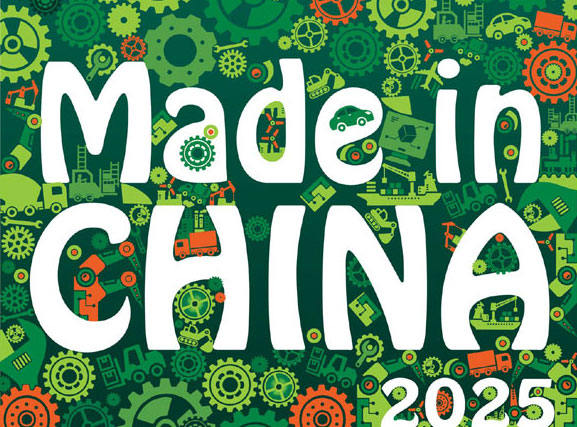Time to get around to circular advantage
Updated: 2015-11-27 07:57
By Peter Lacy and Guanghai Li(China Daily Europe)
|
|||||||||||
The business of take-make-take-make is not rubbish, but a $4.5 trillion opportunity to be grabbed
What about unlocking $1 billion (928 million euros) in previously wasted value by transforming material management in manufacturing? Increasing a company's gross profit by 50 percent while reducing material use by 90 percent, all by recovering and remanufacturing used components? Or creating a $10 billion business renting property without using any energy, metal or other resources to build a single house?
As these business prospects become convincing thanks to the advance of both mindset and technology, they immediately highlight the huge economic incentive for China to shift its economic footing onto a much less wasteful one.

In a world where resources are limited and significantly underutilized, the traditional linear growth model of take-make-waste is obviously heading for trouble. Global industry leaders as well as innovative start-ups are rethinking about how they make businesses grow and have started to perform disruptive circular-economy business models to tap into new opportunities.
The circular economy today is neither just an environmentalist movement nor merely marketing hype. It refers to the decoupling of economic growth from the extraction and consumption of constrained natural resources. Blended together, the circular economy, innovative new business models and digital revolution represent a huge opportunity for companies to create a competitive advantage, or as we put it, a circular advantage.
In fact, Accenture's research shows, if the circular economy can replace the linear economy, it can unlock $4.5 trillion in additional global economic output by 2030. Notably, the reward for China accounts for nearly one-third of the total pie, which will be worth up to $1.4 trillion.
The question is whether companies operating in China and local government bodies are ready to grasp this huge opportunity. The answer is probably no, as most organizations fail to see circular advantage beyond recycling. Additionally, their strategies, structures, operations and supply chains are deeply rooted in the linear approach to growth, and are simply not built to automatically capitalize on the opportunities the circular economy offers.
Importantly, organizations seeking the circular advantage need to first understand that "waste" refers to more than just physical waste, that is rubbish. Instead, we see waste in four distinct forms:
Wasted resources are materials and energy that cannot be continually regenerated, but instead are consumed and forever gone when used
Products with wasted lifecycles have artificially short working lives or are disposed of even if there is still demand for them from other users.
Products with wasted capacity sit idle unnecessarily; for instance, cars typically sit unused for 90 percent of their lives.
Wasted embedded values are components, materials and energy not recovered from disposed products and put back into use.
Today's Top News
Beijing to adopt world's strictest emissions standard
China to spend $438b on new rails over the next five years
Xi urges breakthroughs in military structural reform
Chinese play growing part in online shopping
Surviving Russian pilot says no warning from Turkey
Xi to attend Paris climate conference
Putin: Turkey's downing of jet 'stab in the back'
Russian senior military official confirms death of one Su-24 pilot
Hot Topics
Lunar probe , China growth forecasts, Emission rules get tougher, China seen through 'colored lens', International board,
Editor's Picks

|

|

|

|

|

|






